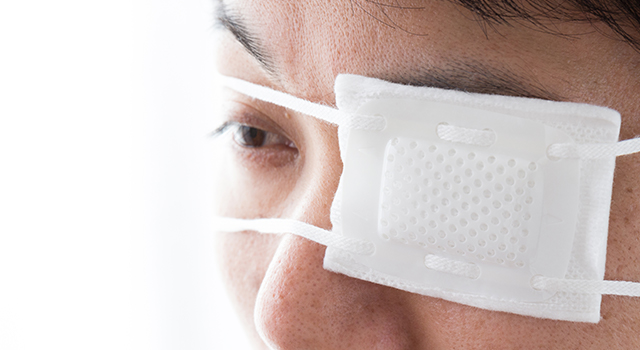
Many children experience a lazy eye. A lazy eye develops when vision in one eye is suppressed. Vision might be suppressed if your child can’t see as well with one eye because of issues with distance vision, and in some cases, astigmatism. Usually, patches are prescribed to remedy lazy eyes. Our patients are advised to have their patch on for a couple of hours daily, and patients will often also need corrective glasses. But how does patching actually help? Well, for the most part, wearing an eyepatch trains your child’s brain to better communicate with the weaker eye, which, after some time, will strengthen it.
Many parents have trouble fitting their kids with eye patches, especially if they’re quite young. When their better eye is covered, it infringes on their ability to see. It may be difficult to rationalize the process to your young child; that they must patch their strong eye to better their weaker eye, but this can only be done when their strong eye is covered, thus restricting their vision. But fear not: there are a number of methods to encourage your child to wear their patch. With preschool-aged kids, you may find success by using a sticker chart. There are a variety of ready-to-wear patches sold in different fun designs. Make it fun by giving them the chance to select their patch each day. For older children, explain the importance of patching, and talk about it as a way to help the eye.
For very young children, you can use flotation wings to prevent them from removing their patches.
Patches are a great solution to lazy eyes and can be really successful, but it depends on your child’s assistance and your ability to stick to the long-term goal of improving your child’s vision.































